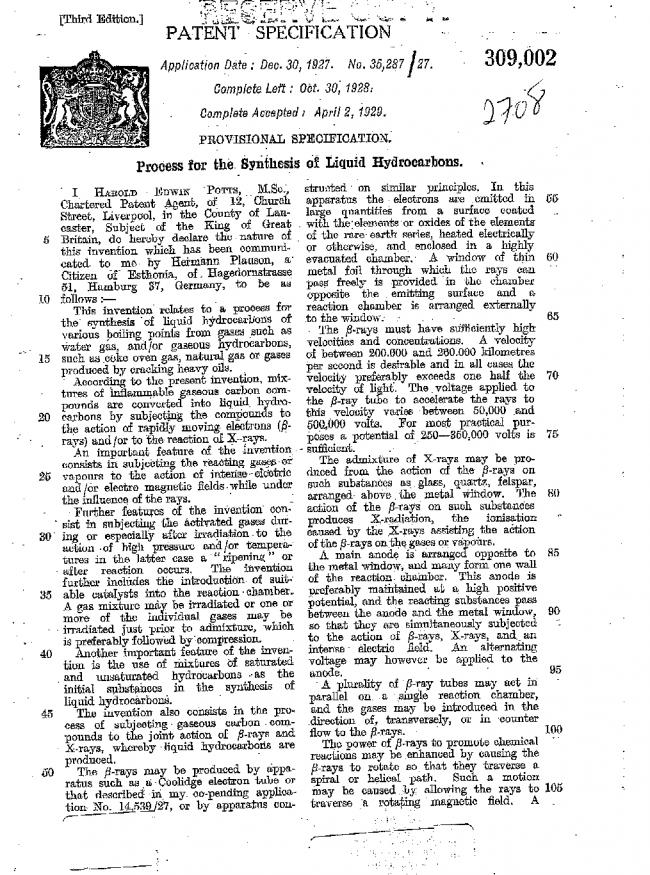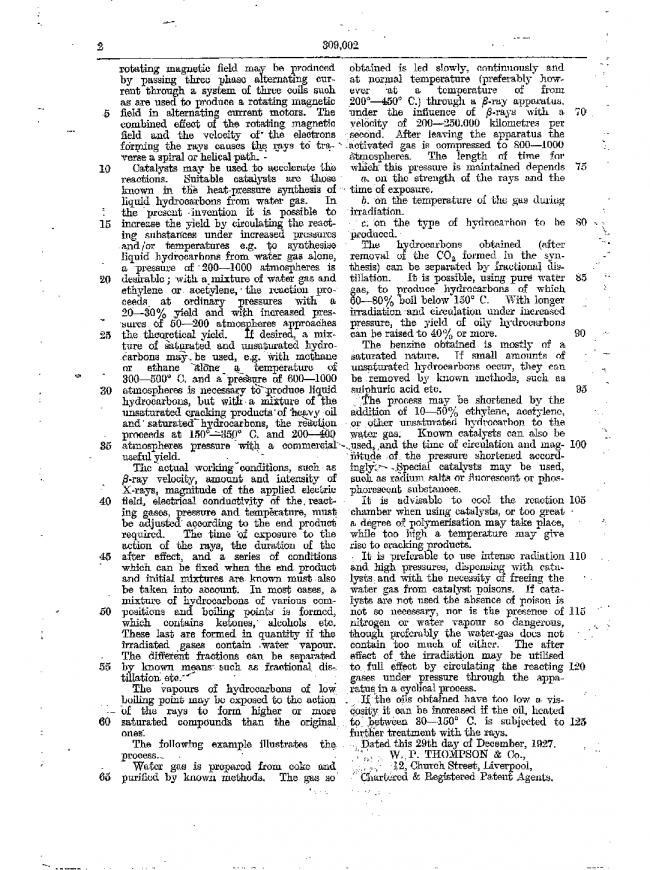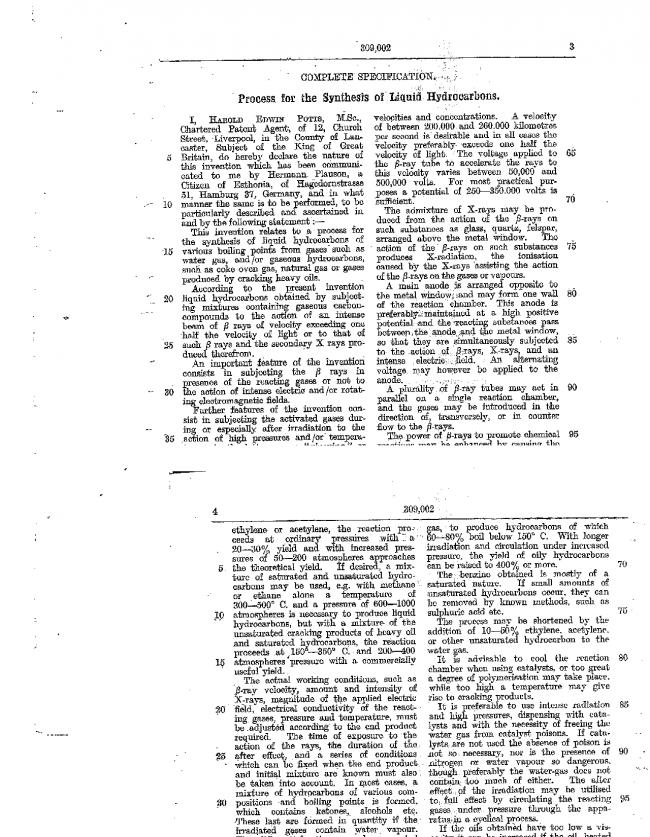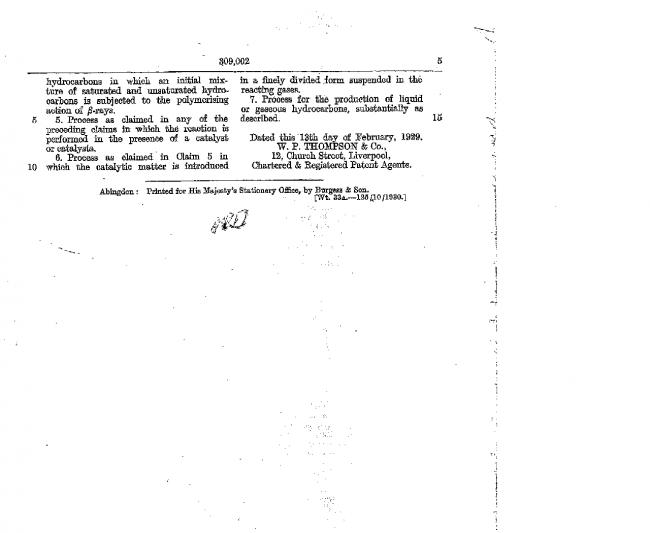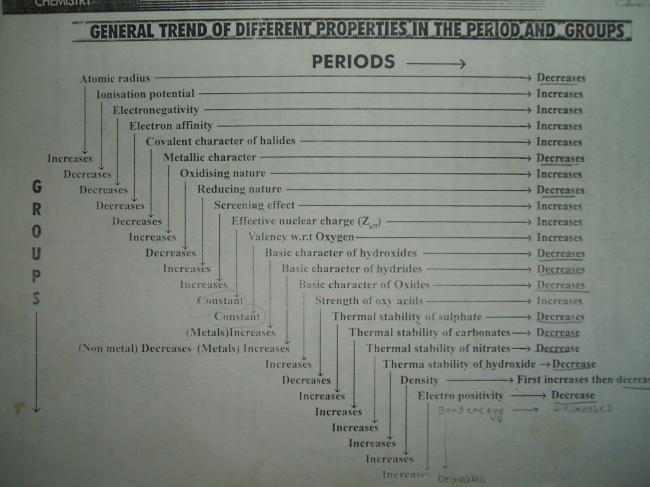Catalysts
With rare exception, no reaction below 480 °C occurs between H2 and organic compounds in the absence of metal catalysts. The catalyst binds both the H2 and the unsaturated substrate and facilitates their union. Platinum group metals, particularly platinum, palladium, rhodium, and ruthenium, form highly active catalysts, which operate at lower temperatures and lower pressures of H2. Non-precious metal catalysts, especially those based on nickel (such as Raney nickel and Urushibara nickel) have also been developed as economical alternatives, but they are often slower or require higher temperatures. The trade-off is activity (speed of reaction) vs. cost of the catalyst and cost of the apparatus required for use of high pressures. Notice that the Raney-nickel catalysed hydrogenations require high pressures:[4][5]
Two broad families of catalysts are known - homogeneous catalysts and heterogeneous catalysts. Homogeneous catalysts dissolve in the solvent that contains the unsaturated substrate. Heterogeneous catalysts are solids that are suspended in the same solvent with the substrate or are treated with gaseous substrate.
[edit] Homogeneous catalysts
Illustrative homogeneous catalysts include the rhodium-based compound known as Wilkinson's catalyst and the iridium-based Crabtree's catalyst. An example is the hydrogenation of carvone: [6].
Hydrogenation is sensitive to steric hindrance explaining the selectivity for reaction with the exocyclic double bond but not the internal double bond.
The activity and selectivity of homogeneous catalysts is adjusted by changing the ligands. For prochiral substrates, the selectivity of the catalyst can be adjusted such that one enantiomeric product is favored. Asymmetric hydrogenation is also possible via heterogeneous catalysis on a metal that is modified by a chiral ligand.[7]
Homogeneous catalysts are less active than heterogeneous catalysts.
[edit] Heterogeneous catalysts
Heterogeneous catalysts for hydrogenation are more common industrially. As in homogeneous catalysts, the activity is adjusted through changes in the environment around the metal, i.e. the coordination sphere. Different faces of a crystalline heterogeneous catalyst display distinct activities, for example. Similarly, heterogeneous catalysts are affected by their supports, i.e. the material upon with the heterogeneous catalyst is bound. In many cases, highly empirical modifications involve selective "poisons." Thus, a carefully chosen catalyst can be used to hydrogenate some functional groups without affecting others, such as the hydrogenation of alkenes without touching aromatic rings, or the selective hydrogenation of alkynes to alkenes using Lindlar's catalyst. For example, when the catalyst palladium is placed on barium sulfate and then treated with quinoline, the resulting catalyst reduces alkynes only as far as alkenes. The Lindlar catalyst has been applied to the conversion of phenylacetylene to styrene.[8]
Asymmetric hydrogenation is also possible via heterogeneous catalysis on a metal that is modified by a chiral ligand.[7]
[edit] Hydrogen sources
For hydrogenation, the obvious source of hydrogen is H2 gas itself, which is typically available commercially within the storage medium of a pressurized cylinder. The hydrogenation process often uses greater than 1 atmosphere of H2, usually conveyed from the cylinders and sometimes augmented by "booster pumps". Gaseous hydrogen is produced industrially from hydrocarbons by the process known as steam reforming.[9]
Hydrogen may, in specialised applications, also be extracted ("transferred") from "hydrogen-donors" in place of H2 gas. Hydrogen donors, which often serve as solvents include hydrazine, dihydronaphthalene, dihydroanthracene, isopropanol, and formic acid.[10] In organic synthesis, transfer hydrogenation is useful for the reduction of polar unsaturated substrates, such as ketones, aldehydes, and imines
